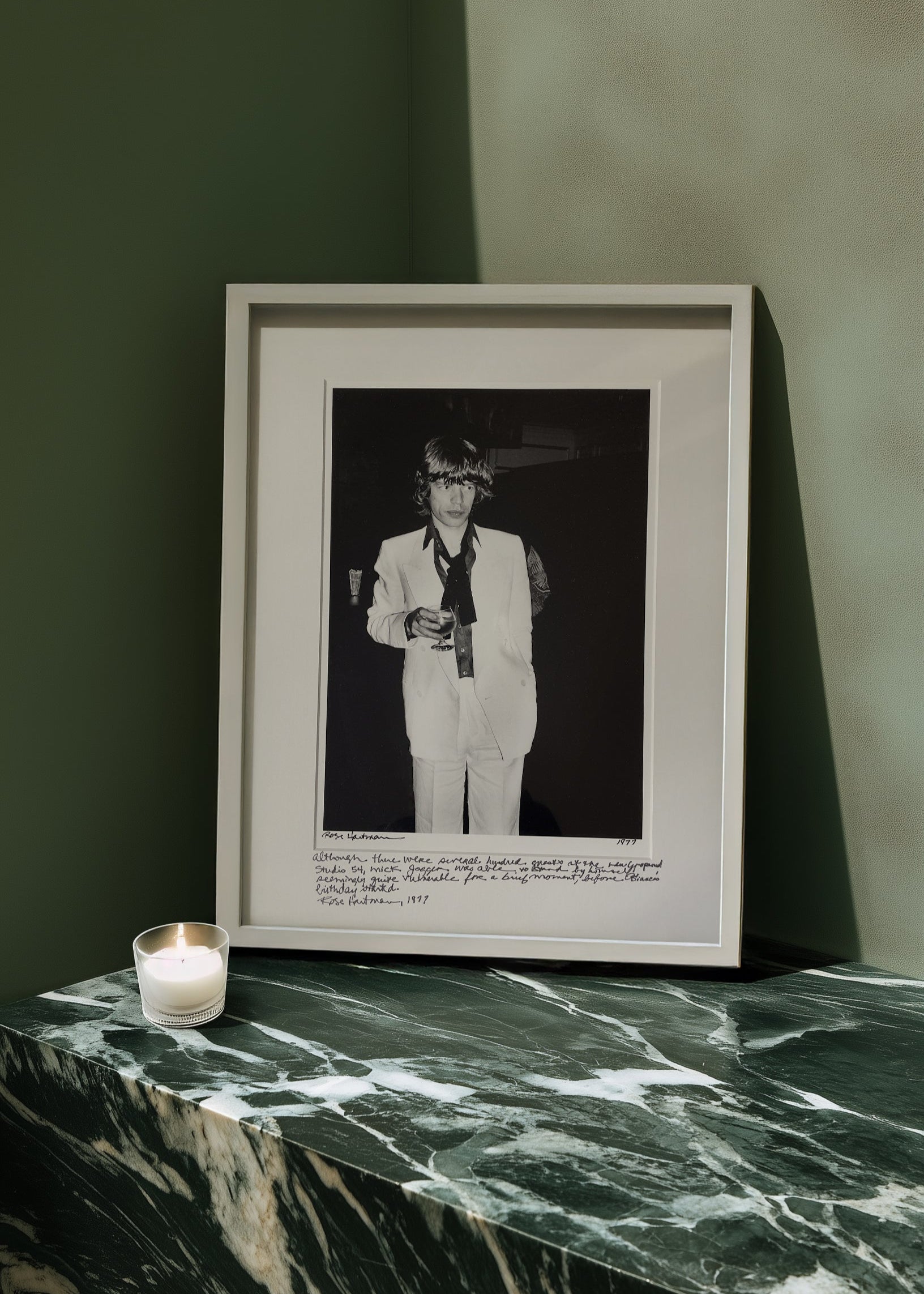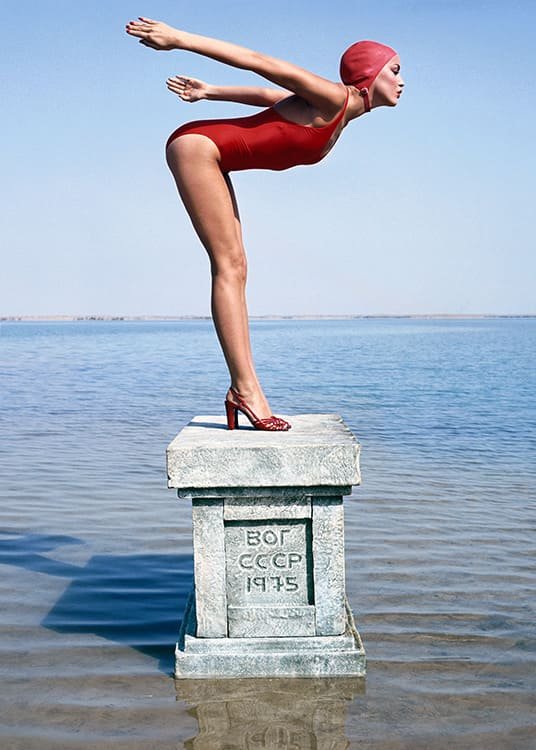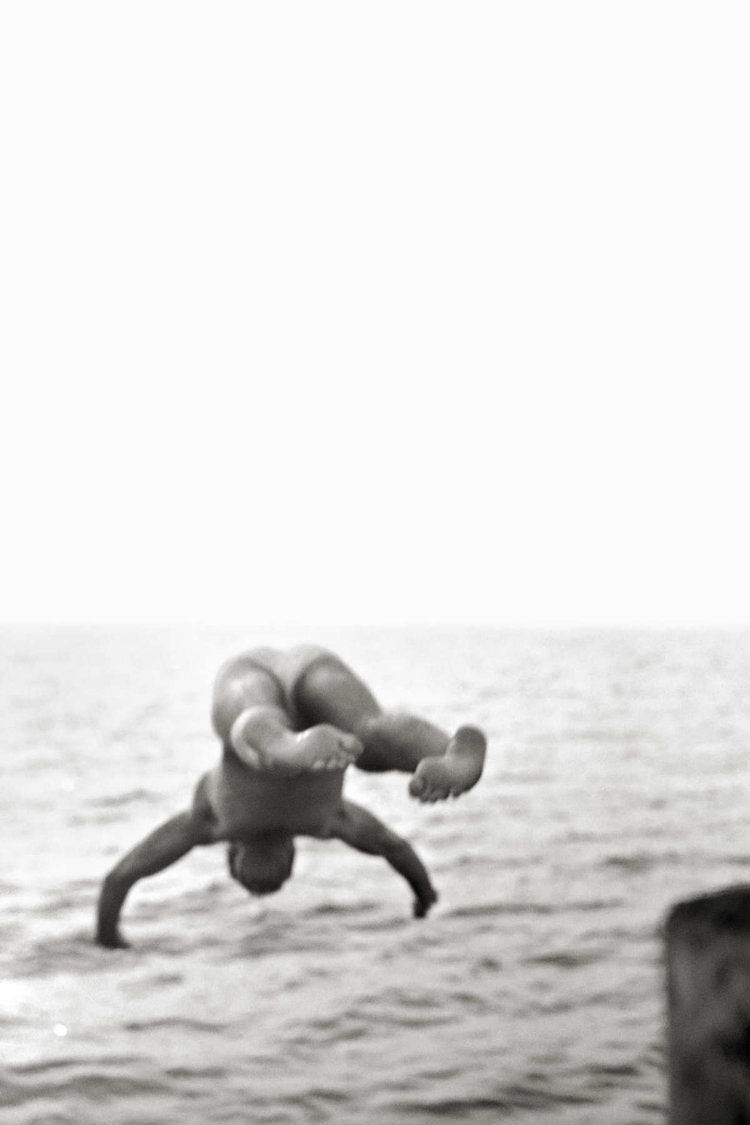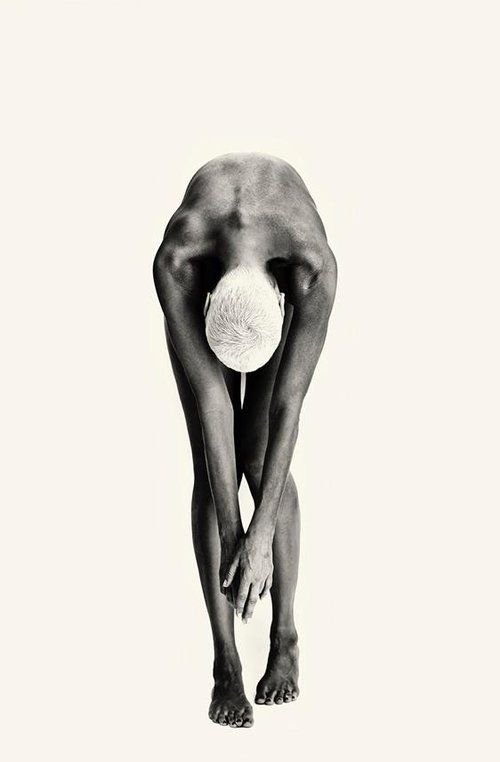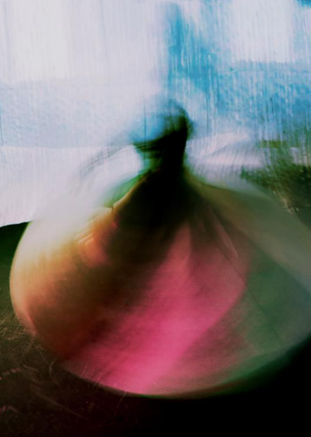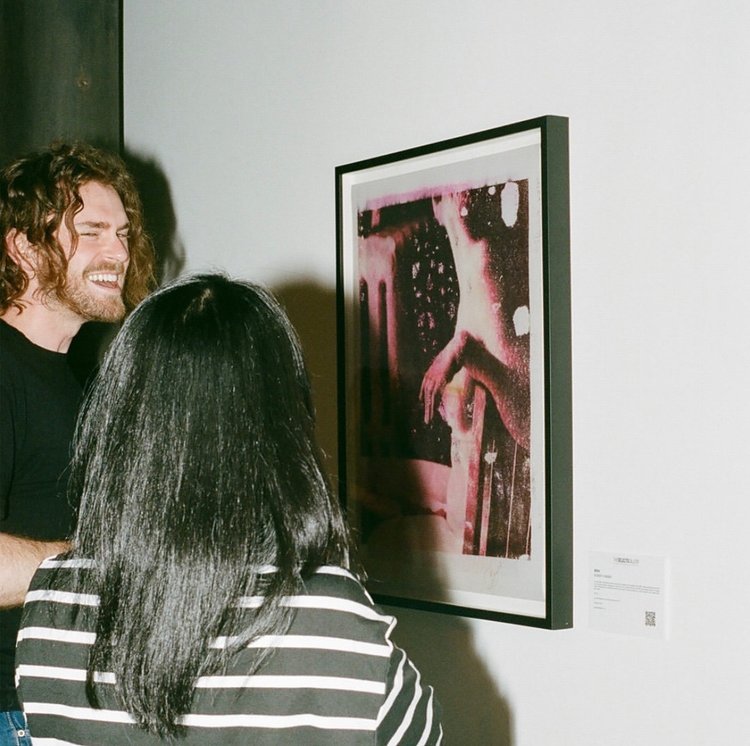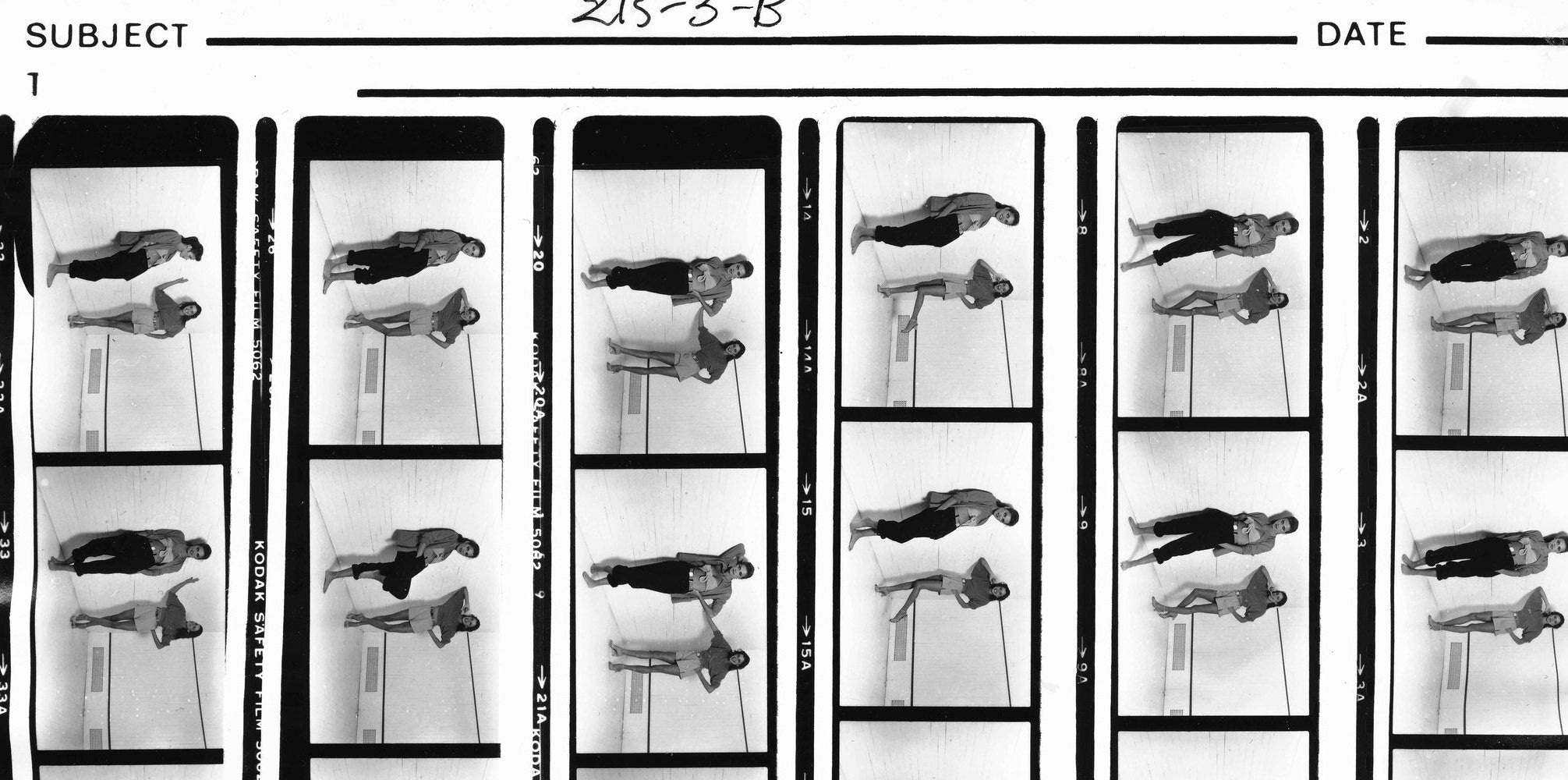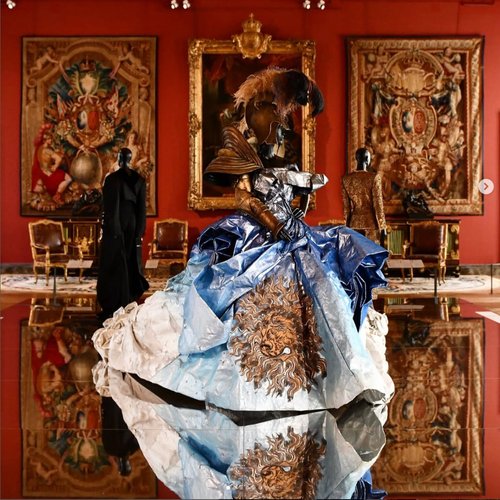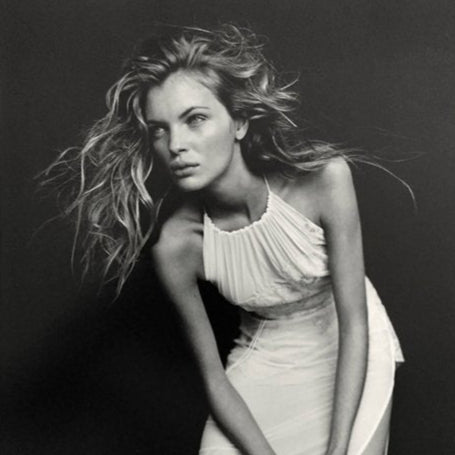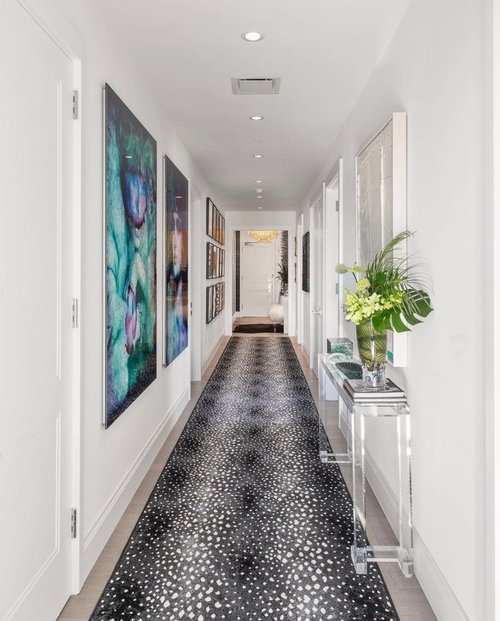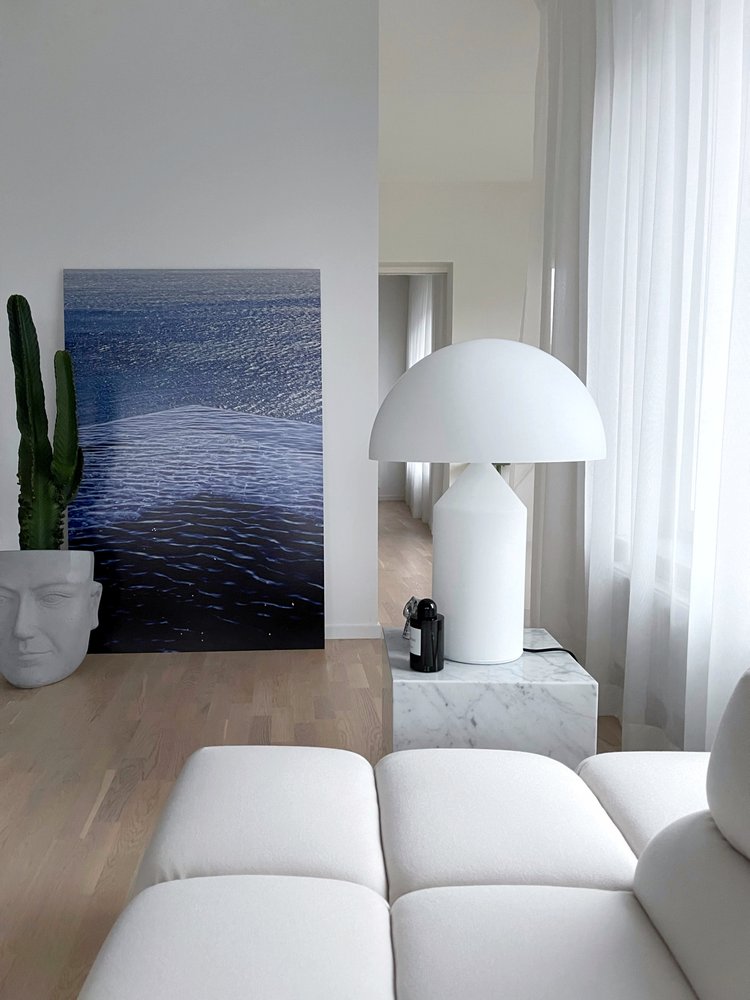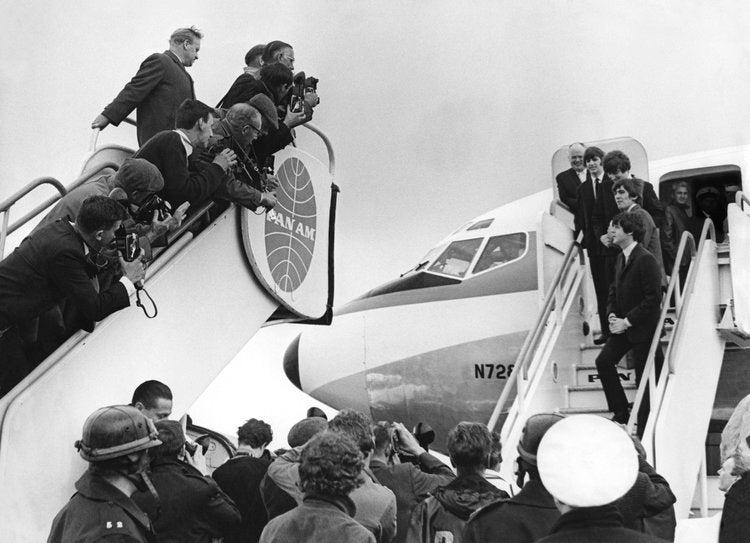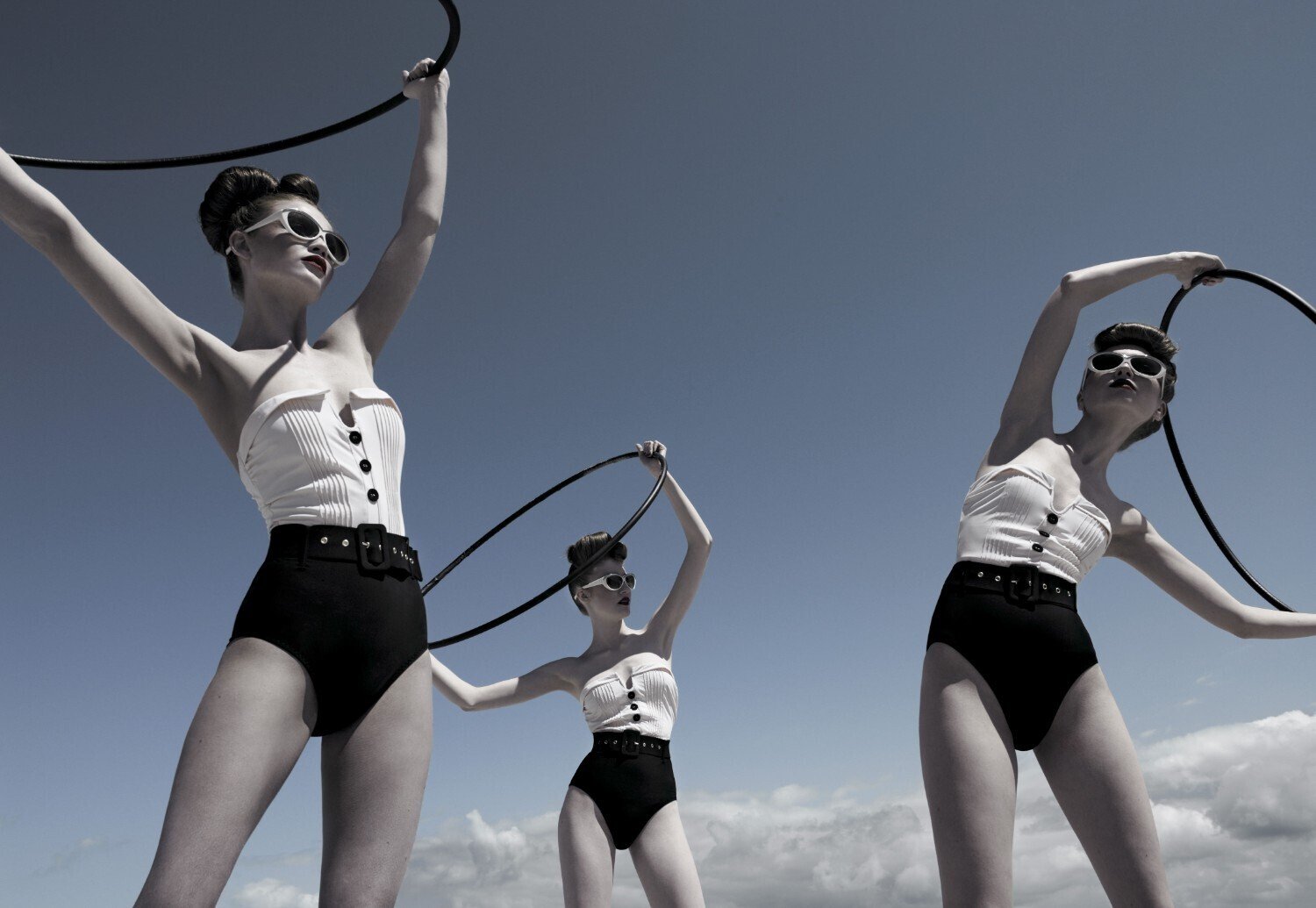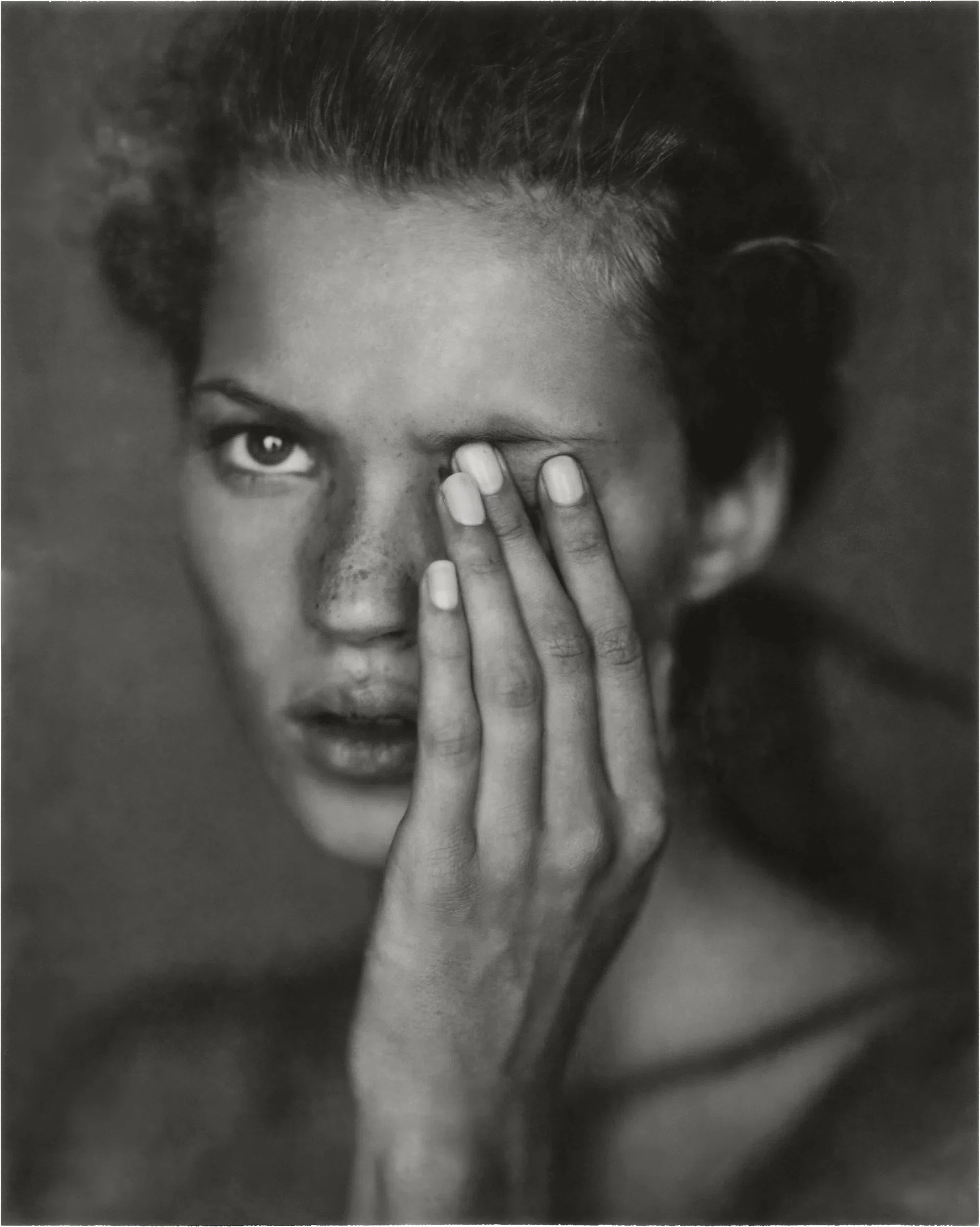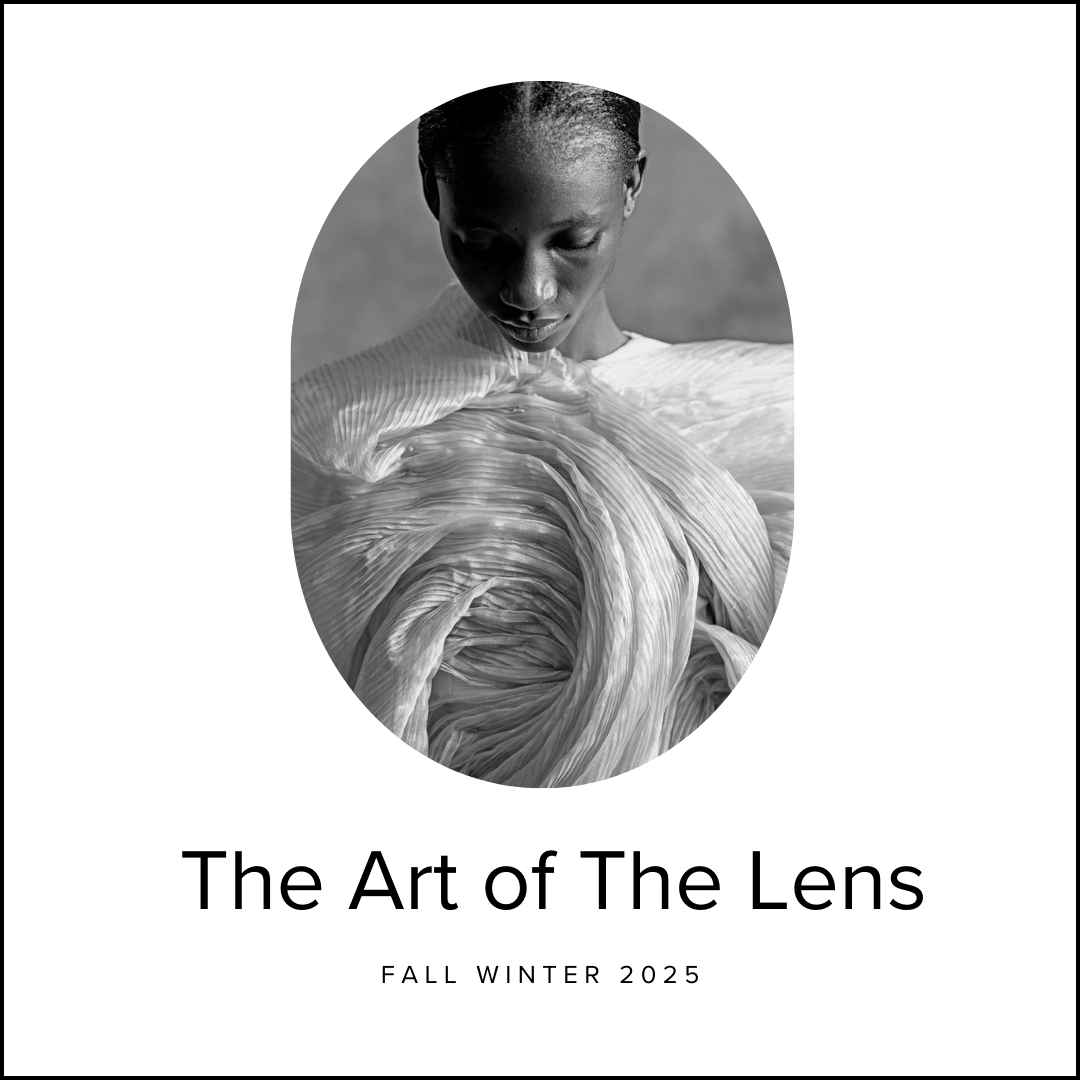Norman Parkinson: Master of Movement, Elegance & Eccentricity
As the National Portrait Gallery in London celebrates Cecil Beaton with a new exhibition running until January 2026, it feels like the perfect time to look back at the work of his British counterpart — and friendly rival — Norman Parkinson.
As noted in a recent article by Robin Muir for Country Life Magazine, Parkinson’s career offers a vivid contrast to Beaton’s formal style: Known for his humor and sense of adventure, Parkinson always defied convention. He changed the way we look at fashion photography. From his early days in London to glamorous Vogue shoots around the world, he always preferred spontaneity and fun over stiff poses and studio lights.

Born Ronald William Parkinson Smith in 1913, he changed his name to Norman Parkinson when he opened his own studio at just 21 years old. Right from the start, he stood out. Instead of the traditional, formal portraits popular at the time, he took his models outdoors: in gardens, streets, beaches, and fields.
One of his early photos, “The Age of Speed”, shows his father dressed in a racing helmet and goggles. It was a playful image that hinted at the energy and movement that would define Parkinson’s style for decades.
Parkinson began working for British Vogue in 1941 and later for American Vogue, where he made a name for himself by bringing fashion out into the real world. He embraced the rural, the wild and the exotic, whether photographing on his 100-acre farm in the Malvern Hills during World War Two, or in the jet-set locations of the 1950s and 60s.
His photos showed models laughing, walking, running, and living: model Jerry Hall standing on a plinth in a red swimsuit and swimming cap ready to dive or couture dresses captured in sun-drenched Caribbean scenery. His vision was rooted in movement, humour and place. He once commented:
“The studio is like an operating theatre — you go there to get a part of yourself removed.”
That summed up his approach perfectly: fashion should feel alive, not frozen.
Parkinson’s impressive height and flamboyant attire matched his photographic daring. He often appeared in front of the camera himself, dressed in bright clothes and big hats. His photos mixed refinement with a touch of eccentricity — always stylish, but never too serious.
Some of his most famous images include his wife Wenda sitting on an ostrich, in South Africa, in 1951. This black-and-white photograph captures both humour and elegance.
He also became the Royal Family’s photographer, yet did so in his own irreverent way: photographing Princess Anne on a horse in Windsor Park, or staging a controversial triple portrait of Queen Elizabeth II and her sisters in blue satin capes for her mother’s 80th birthday.
Why Collectors Love His Work
- He defined modern fashion photography, inspiring generations of photographers who followed.
- His images are rare and collectible, with only a small number of original prints ever shown or sold.
- Each photo tells a story, full of character, humor, and movement.
At The Selects Gallery, we are honored to present a curated selection of Norman Parkinson’s photographs, including landmark pieces such as Wenda Parkinson on an Ostrich (1951) that embody his exuberant style and storytelling. Every print is part of a limited edition, with provenance and authenticity assured. This is an opportunity to own a piece of 20th-century visual history from a creator who helped shape the language of fashion photography. View the curation
Read article by Robin Muir in Country Life Magazine


